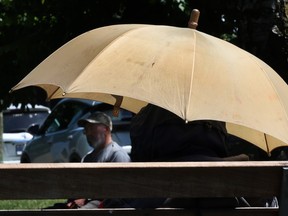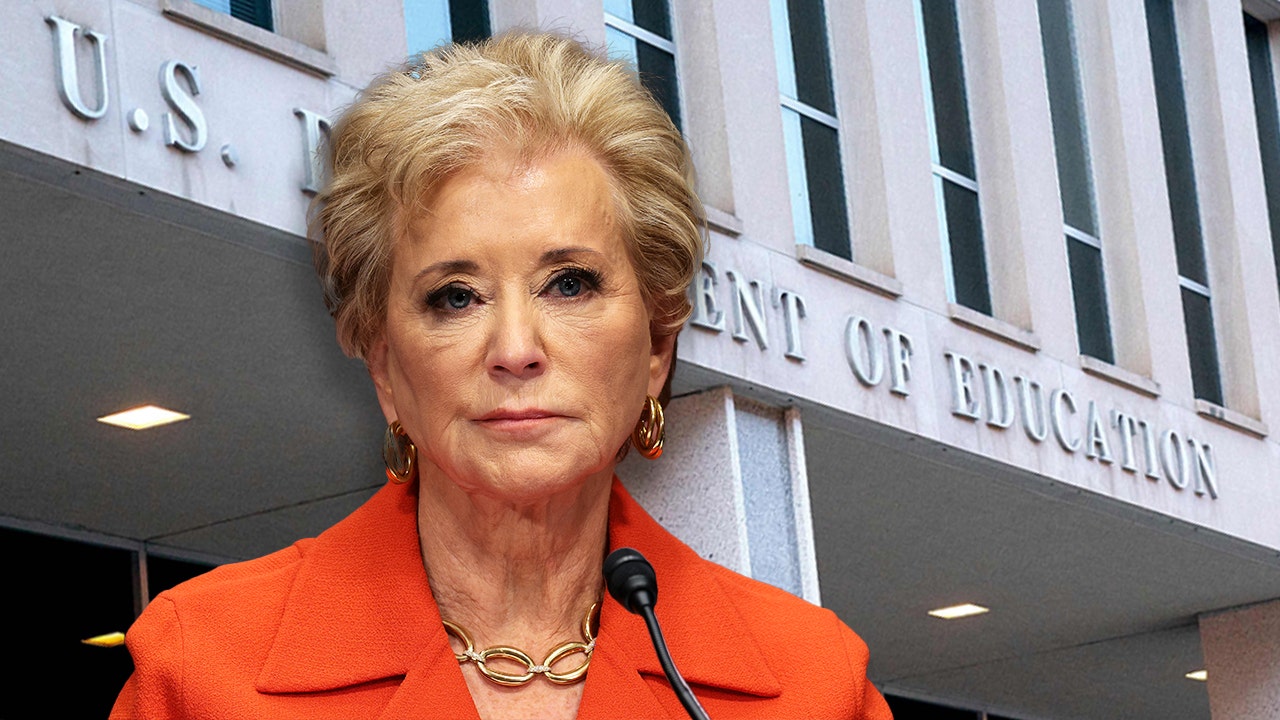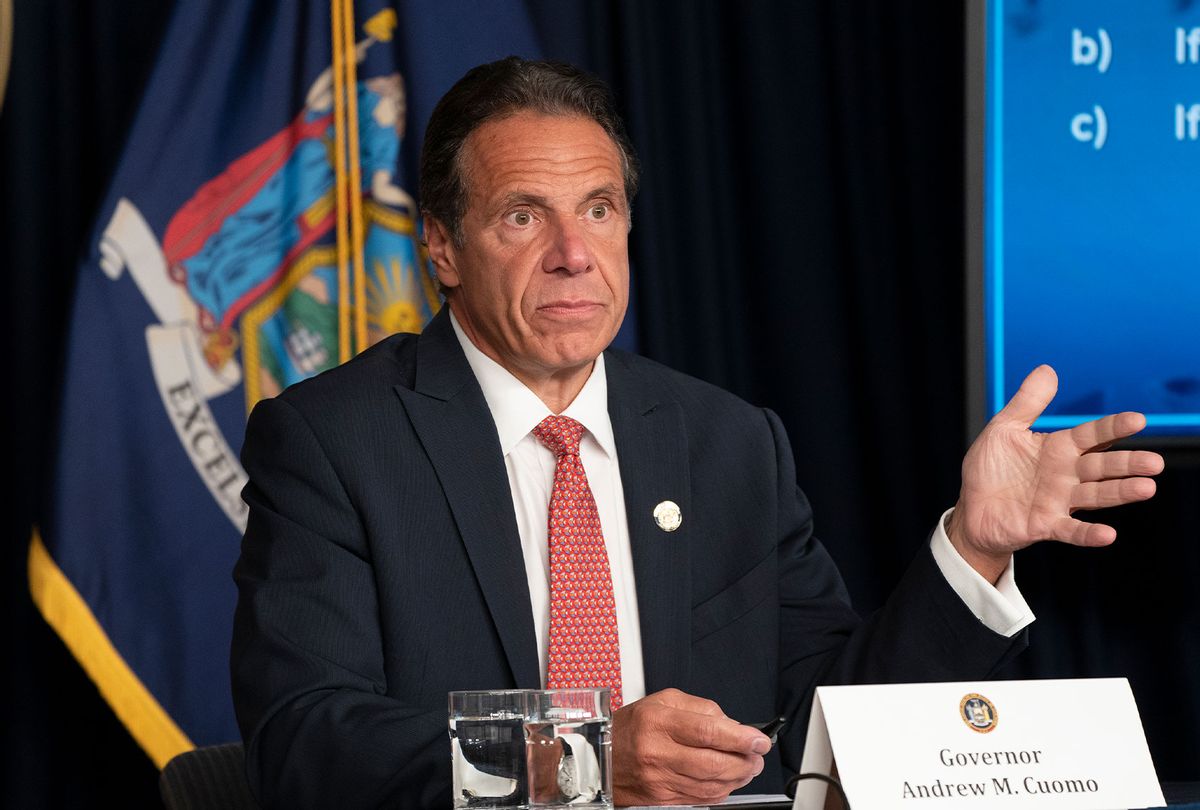Weekly roundup of local and international climate change news for the week of Aug. 12 to Aug. 18, 2024.

Article content
Here’s all the latest news concerning the climate crisis, biodiversity loss, and the steps leaders are taking to address these issues.
In climate news this week:
• Climate change is making B.C.’s summer heat waves worse: Environment Canada
• B.C. doctors advocate for closer control of gas development related to LNG
• B.C. wildfire costs reach about $387 million so far this year, wildfire service says
Advertisement 2
Article content
Human activities like burning fossil fuels and farming livestock are the main drivers of climate change, according to the UN’s Intergovernmental Panel on Climate Change. This causes heat-trapping greenhouse gas levels in Earth’s atmosphere, increasing the planet’s surface temperature.
The panel, which is made up of scientists from around the world, has warned for decades that wildfires and severe weather, such as B.C.’s deadly heat dome and catastrophic flooding in 2021, would become more frequent and more intense because of the climate emergency. It has issued a “code red” for humanity and warns the window to limit warming to 1.5 C above pre-industrial times is closing.
Once again, Canada is experiencing a catastrophic wildfire season. Although wildfires usually ignite because of lightning or human activities, heat waves and drought from human-caused global heating dry out vegetation and make it easier for fires to start and spread, according to the Canadian Climate Institute.
For example, during the eight days of the 2021 heat dome in B.C., the number of wildfires rose from six to 175, with fires that spread during that time consuming nearly 79,000 hectares, including the entire town of Lytton.
Advertisement 3
Article content
But it’s not too late to avoid the worst-case scenarios. According to NASA climate scientists, if we stopped emitting greenhouse gases today, the rise in global temperatures would begin to flatten within a few years. Temperatures would then plateau but remain well-elevated for many centuries.
Check back every Saturday for more climate and environmental news or sign up for our Climate Connected newsletter HERE.
Climate change quick facts:
• The Earth is now about 1.2 C warmer than it was in the 1800s.
• 2023 was hottest on record globally, beating the last record in 2016.
• Human activities have raised atmospheric concentrations of CO2 by nearly 49 per cent above pre-industrial levels starting in 1850.
• The world is not on track to meet the Paris Agreement target to keep global temperature from exceeding 1.5 C above pre-industrial levels, the upper limit to avoid the worst fallout from climate change including sea level rise, and more intense drought, heat waves and wildfires.
• On the current path of carbon dioxide emissions, the temperature could increase by as much as 4.4 C by the end of the century.
• In April, 2022 greenhouse gas concentrations reached record new highs and show no sign of slowing.
• Emissions must drop 7.6 per cent per year from 2020 to 2030 to keep temperatures from exceeding 1.5 C and 2.7 per cent per year to stay below 2 C.
• 97 per cent of climate scientists agree that the climate is warming and that human beings are the cause.
Article content
Advertisement 4
Article content
(Source: United Nations IPCC, World Meteorological Organization, UNEP, NASA, climatedata.ca)

Latest News

Climate change is making B.C.’s summer heat waves worse: Environment Canada
It wasn’t as extreme as the 2021 heat dome, but heat waves that hit B.C. in July were much hotter than normal because of human-caused climate change, according to the federal government.
Environment and Climate Change Canada figures released this week show climate change made summer heat waves in B.C. up to 10 times more likely. It’s the first assessment released using the agency’s new rapid extreme weather event attribution system.
The system uses climate models to compare today’s climate to a pre-industrial one to explain how much climate change affected each heat wave’s likelihood. The agency is conducting a pilot project with the system.
Climate scientists analyzed the heat waves in several Canadian provinces and found that, in all instances, human-caused climate change made these heat waves much more likely.
This means that human influence on the climate made these events at least two to 10 times more likely to happen, according to the agency.
Advertisement 5
Article content
For example, data show that during the heat wave from July 17 to July 22 in Northern B.C., temperatures were 7.2 C higher than normal, while during a heat wave in southern B.C. from July 14 to July 22, temperatures were 9.2 C higher than normal.
Megan Kirchmeier-Young, a research scientist with the department, said over time the data will provide invaluable information about the frequency and intensity of heat waves as the planet warms.
Read the full story here.
—Tiffany Crawford
B.C. doctors advocate for closer control of gas development related to LNG
A group of B.C. doctors and health professionals is calling on politicians to take potential health effects related to natural gas development more seriously as the province’s electoral cycle heats up.
Their concerns range from higher incidences of leukemia, asthma, heart attacks and reproductive abnormalities near gas drilling sites in northeast B.C. to the impacts of climate-related events, such as the 2021 Western Canada heat dome that led to the deaths of 619 people in the province.
These issues exacerbate B.C.’s existing health-care crisis, which will only be magnified by the gas drilling required to support the province’s budding liquefied natural gas industry, according to Vancouver family physician Dr. Melissa Lem.
Advertisement 6
Article content
Unless fossil fuels, which drive climate change, are phased out, “We’re going to see more health impacts and more and more collapse of our health-care system,” said Lem, who is also president of the Canadian Association of Physicians for the Environment.
The association, as well as other groups, launched a publicity campaign Tuesday that includes advertising on transit and at bus shelters and an open letter calling on government for specific actions.
Read the full story here.
—Derrick Penner
Urban forest risk: Dangerous embers from Dunbar fire blew 1.5 km into Pacific Spirit Park
Scattered across a stretch of gravel trail and the forest floor in Pacific Spirit Park lie dozens of extinguished, blackened embers.
Some are the size of a toonie, some larger than a fist. They weigh almost nothing.
The pieces of burned residue — possibly from wood or other material — blew in last week from a fire that ripped through a six-storey apartment building and caused a crane to collapse a block east of Dunbar Street and 41st Avenue. The distance is more than 1.5 kilometres.
The embers were lofted high into the sky and rained down on the houses in the neighbourhood but also in the park, a large forested area that abuts the University of B.C. There’s no evidence that embers started any significant fires.
Advertisement 7
Article content
According to Vancouver Fire Rescue Services, firefighters checked the park to ensure embers didn’t spark any blaze, and any spot fires were extinguished.
In wildfires, embers are a key process of how fire is spread. Although no fire erupted, the fact that embers showered the forest underscores fire’s risk to urban parks in heavily populated areas, says Lori Daniels, a forestry professor at UBC with extensive experience studying wildfires.
Given hotter, drier summers of the past decade, including the 2021 heat dome, there could have been conditions that would have made fire spreading from embers much more likely, she said.
Read the full story here.
—Gordon Hoekstra

B.C. wildfire costs reach about $387 million so far this year, wildfire service says
B.C. has already spent about $387 million battling fires so far this year, as crews brace for more lightning-caused starts in the coming days.
The director of provincial operations for the province’s wildfire service, Cliff Chapman, told a news conference Tuesday that the price tag is about a 17 per cent decrease from the amount spent by this time last year.
Advertisement 8
Article content
Forests Minister Bruce Ralston said the province spent about $1 billion fighting fires in 2023, the worst season on record for total area burned.
Chapman said there were about the same number of fires burning across the province as last year, but they were much larger last year. For example, he said, some fires, such as the Donnie Creek blaze, were about 5000 square kilometres in size by this time last year. This year, many of the fires are under a tenth of a square kilometre in size.
“There are lots of them, (but) our initial attack crews have had more success,” he said.
Last July and August, he noted, were “very hot and dry” and was followed by an Aug. 18 cold front that “really took those larger fires and pushed them across the landscape.”
Read the full story here.
—The Canadian Press
Germans fight climate change on their balconies in solar panel boom: report
Germany is seeing a boom in balcony solar panels, with an over 50 per cent increase in the registration of solar panels in the second quarter of this year compared to last year’s strongest quarter, according to a Euronews report.
Advertisement 9
Article content
Karolina Attspodina, the co-founder of a start up selling balcony solar panels called We.Do.Solar, told the news agency that apartments seemed the perfect opportunity to utilize renewable energy.
The report said the company is on track for a 350 per cent increase in sales from 2023. They have also done well in France, the Netherlands, Spain and Portugal, but have sold the most in Germany.
—Euronews

Jasper’s burnt landscape could take more than a century to recover: wildfire expert
It could take more than a century for the freshly burned forest in Jasper National Park to regenerate into its previous postcard-perfect form, a wildfire expert says.
The dense forest’s regrowth could be affected by how deep the fire burned into the ground and how many pine cones hatched like popcorn in the intense heat and released seeds — not to mention climate change more generally, said Jen Beverly, an associate professor with the University of Alberta’s Department of Renewable Resources.
“This is not a catastrophe from an ecological perspective, but we do know there’s a lot of uncertainty into the future,” said Beverly, who has been studying wildfires for more than 25 years.
Advertisement 10
Article content
“Ecosystems are going to evolve and that might span decades to centuries where an open area becomes forested, then there’s a disturbance, and now it’s open again. We can’t keep them like a postcard that doesn’t ever change.”
On July 22, wildfires cut road access through the park and forced the Jasper townsite’s 5,000 residents, along with about 20,000 park visitors, to flee through smoke and ash. Two days later, the fire overwhelmed crews and hit the town, destroying one-third of its buildings.
Read the full story here.
—The Canadian Press

Wildfires are growing under climate change, and their smoke threatens farm workers, study says
As wildfires scorched swaths of land in the wine country of Sonoma County in 2020, sending ash flying and choking the air with smoke, Maria Salinas harvested grapes.
Her saliva turned black from inhaling the toxins, until one day she had so much trouble breathing she was rushed to the emergency room. When she felt better, she went right back to work as the fires raged on.
“What forces us to work is necessity,” Salinas said. “We always expose ourselves to danger out of necessity, whether by fire or disaster, when the weather changes, when it’s hot or cold.”
Advertisement 11
Article content
As climate change increases the frequency and intensity of wildfires around the world, a new study shows that farm workers are paying a heavy price by being exposed to high levels of air pollution. And in Sonoma County, the focus of the work, researchers found that a program aimed at determining when it was safe to work during wildfires did not adequately protect farm workers.
They recommended a series of steps to safeguard the workers’ health, including air quality monitors at work sites, stricter requirements for employers, emergency plans and trainings in various languages, post-exposure health screenings and hazard pay.
Farm workers are “experiencing first and hardest what the rest of us are just starting to understand,” Max Bell Alper, executive director of the labour coalition North Bay Jobs with Justice, said Wednesday during a webinar devoted to the research, published in July in the journal GeoHealth. “And I think in many ways that’s analogous to what’s happening all over the country. What we are experiencing in California is now happening everywhere.”
Advertisement 12
Article content
Read the full story here.
—The Associated Press
Brazil turns to LNG as drought threatens hydro reservoirs
Brazil has emerged as the latest contender for global liquefied natural gas supplies as dry weather threatens its vast hydropower production.
South America’s most populous nation typically depends on hydroelectricity for the majority of its power needs but turns to gas when water levels plunge. An expected influx of LNG in coming months would further tighten the global market for the fuel just as demand grows from Asia to North Africa.
Energy suppliers in Brazil, including state-owned Petroleo Brasileiro SA, are seeking six LNG cargoes for delivery in September, according to traders with direct knowledge of the information.
While the situation isn’t as critical as in 2021, when a severe drought forced Brazil to buy record volumes of LNG, the purchases would coincide with strong demand in Asia amid a hot summer. Elsewhere, Egypt has started to import the fuel, and Europe’s needs grew after the cutoff of most piped flows from Russia.
—Bloomberg

From farm to table: How extreme weather affects prices along the food supply chain
Advertisement 13
Article content
Extreme weather events like fires, floods, heat waves and droughts pose an increasing risk to Canada’s food supply chain, putting pressure on prices all the way to the grocery store shelf, say experts.
“Any time you have major weather-related events, it tends to increase costs,” said Frank Scali, vice-president of industry affairs at Food, Health & Consumer Products Of Canada.
These kinds of events are becoming more frequent and intense in Canada and around the globe.
A 2019 federal government report said temperatures are projected to keep increasing, driven by human influence, while precipitation is also projected to increase.
Weather plays a big role in food production, and factors like too much or too little heat or moisture can affect not only the volume of food produced, but also the prevalence of pests and diseases, said Amanda Norris, senior economist at Farm Credit Canada.
“Weather can also impact activities further down the supply chain,” she said. “For example, you might have damaged infrastructure from floods that changes transportation routes and the ability to move those products along the food supply chain.”
Read the full story here.
—The Canadian Press
Bookmark our website and support our journalism: Don’t miss the news you need to know — add VancouverSun.com and TheProvince.com to your bookmarks and sign up for our newsletters here.
You can also support our journalism by becoming a digital subscriber: For just $14 a month, you can get unlimited access to The Vancouver Sun, The Province, National Post and 13 other Canadian news sites. Support us by subscribing today: The Vancouver Sun | The Province.
Article content

















Discussion about this post